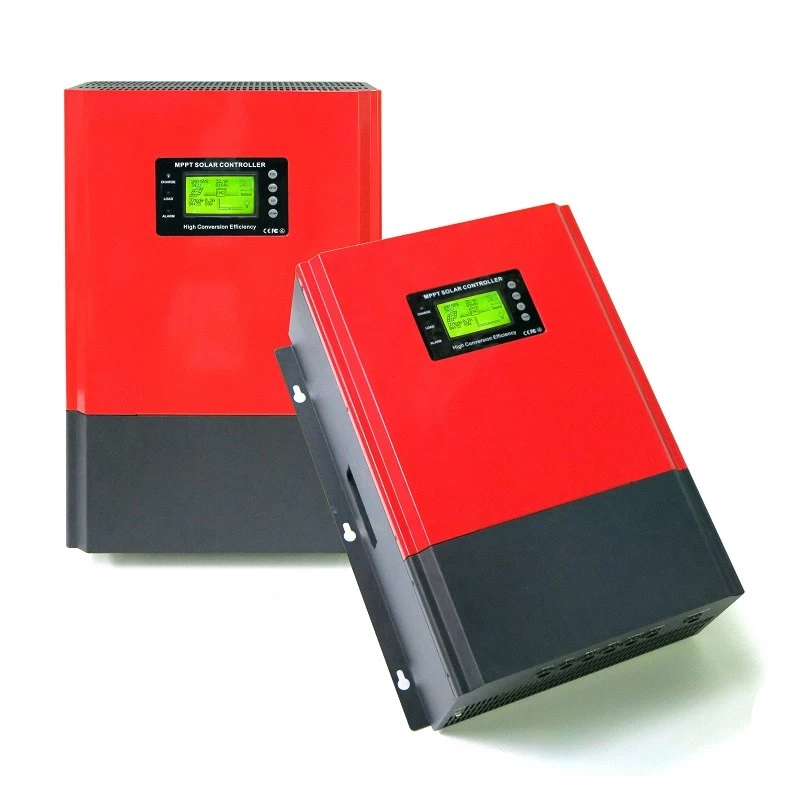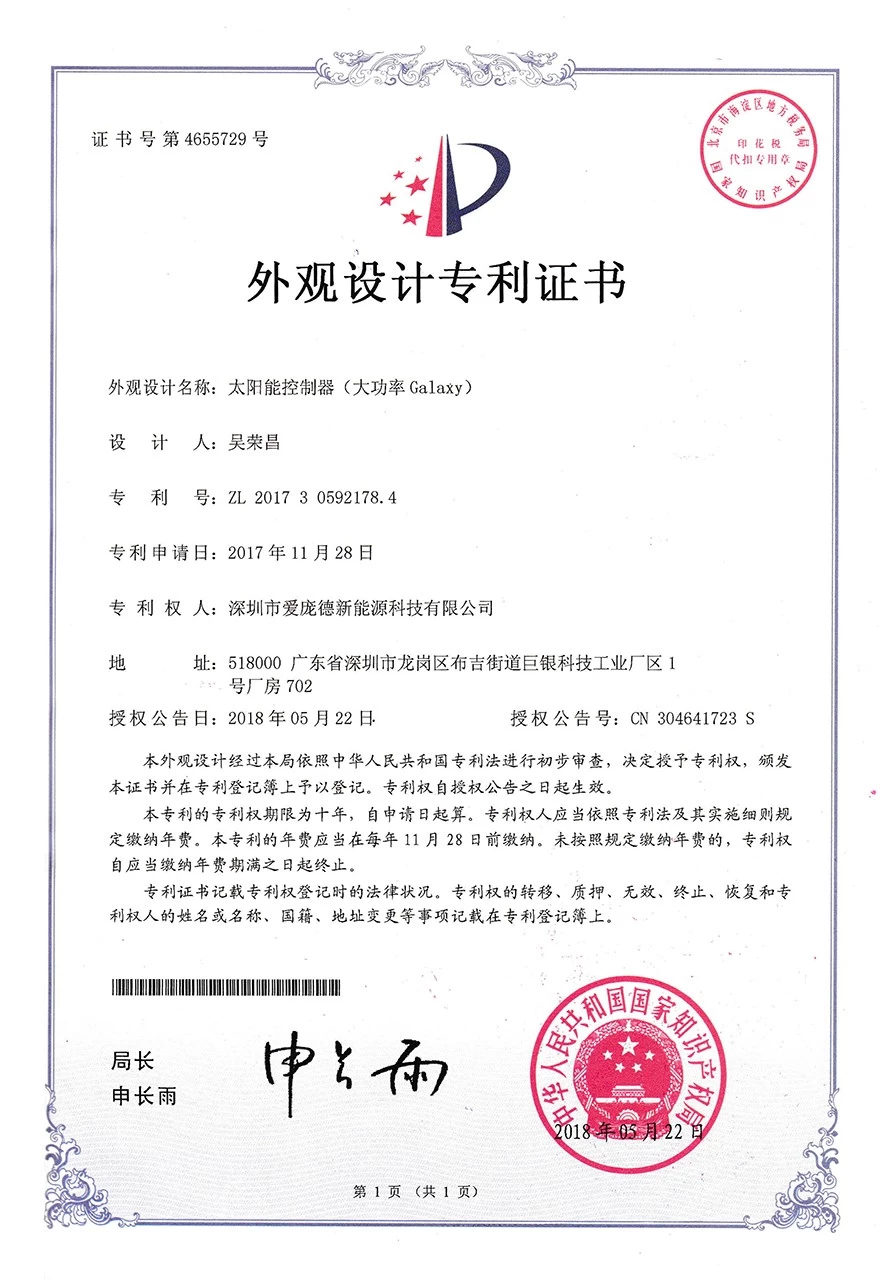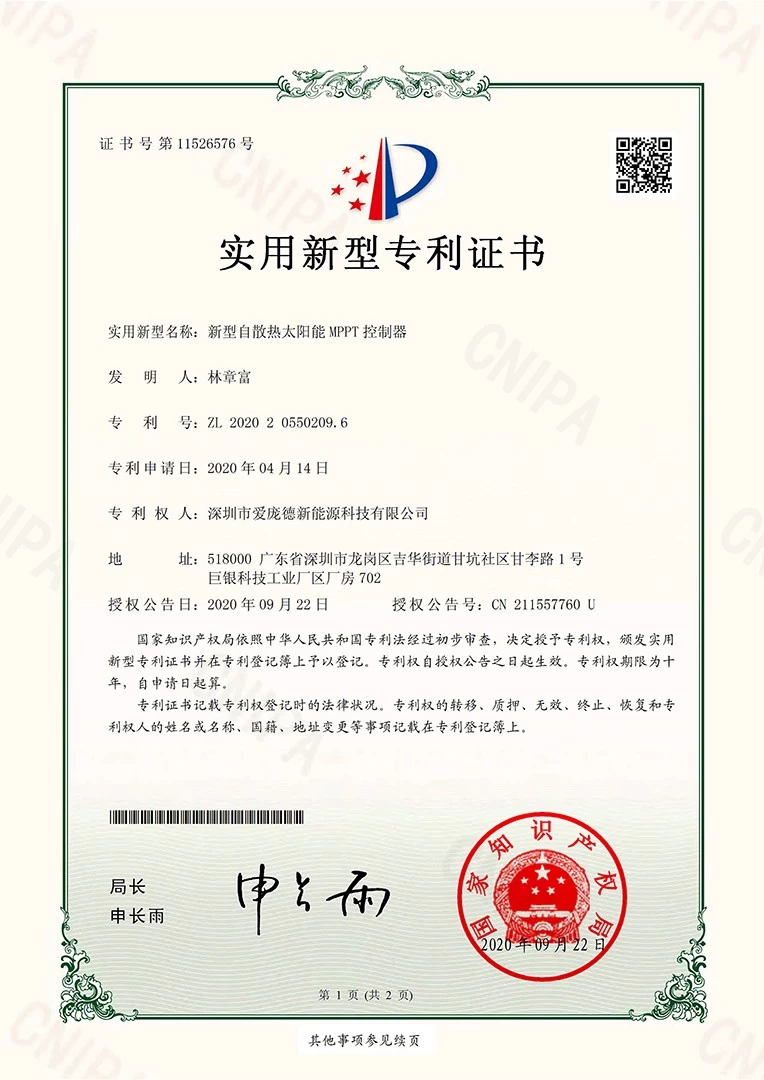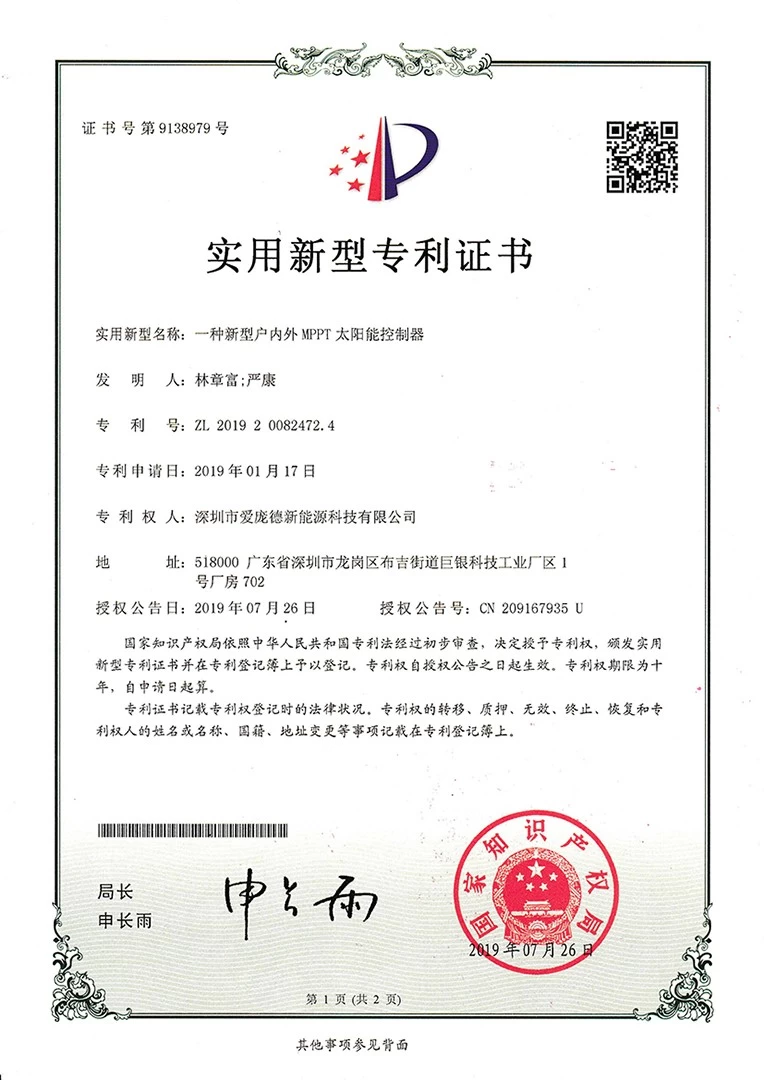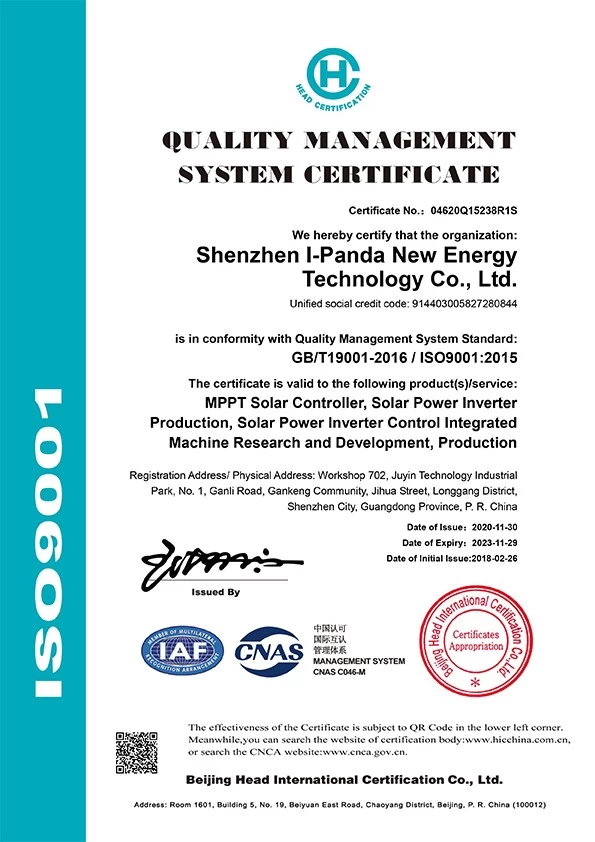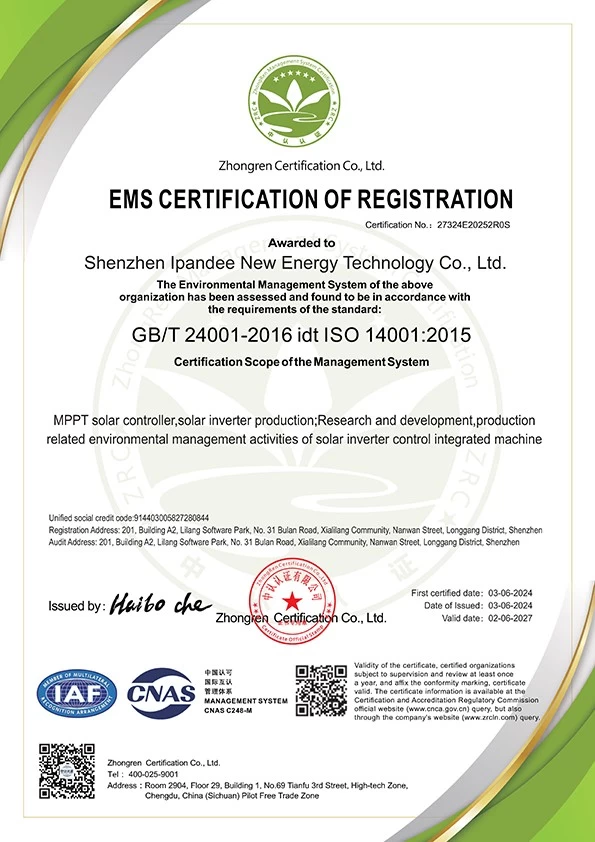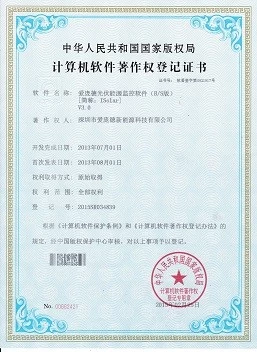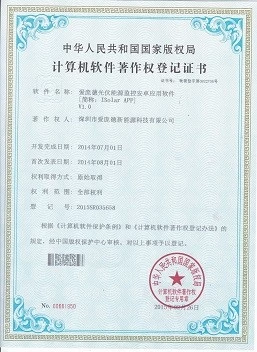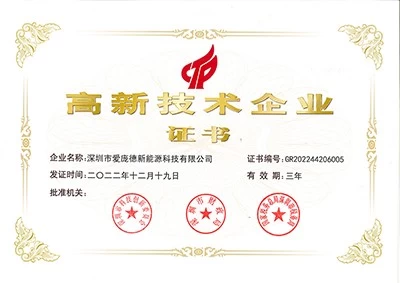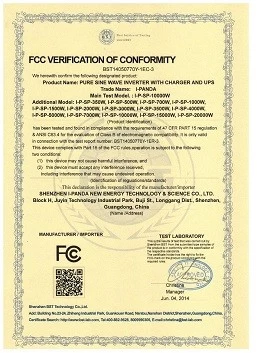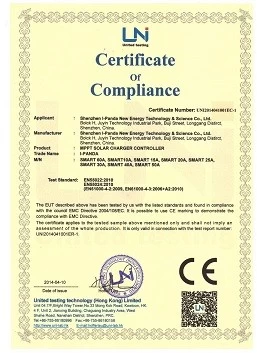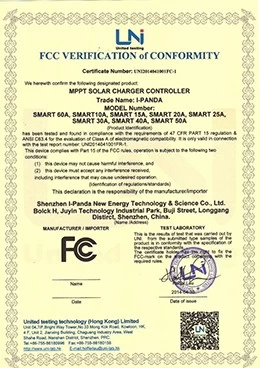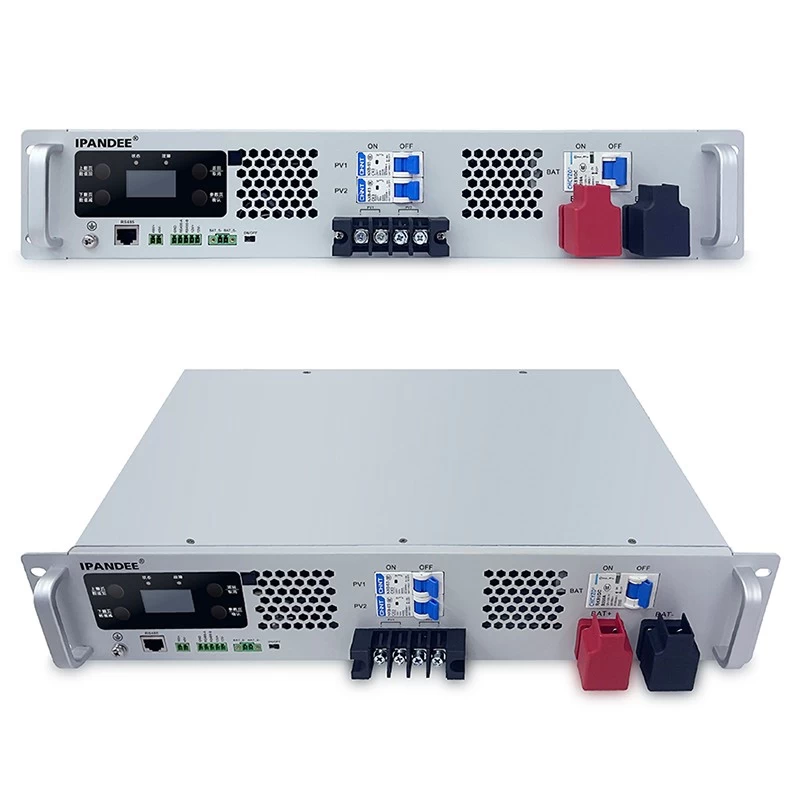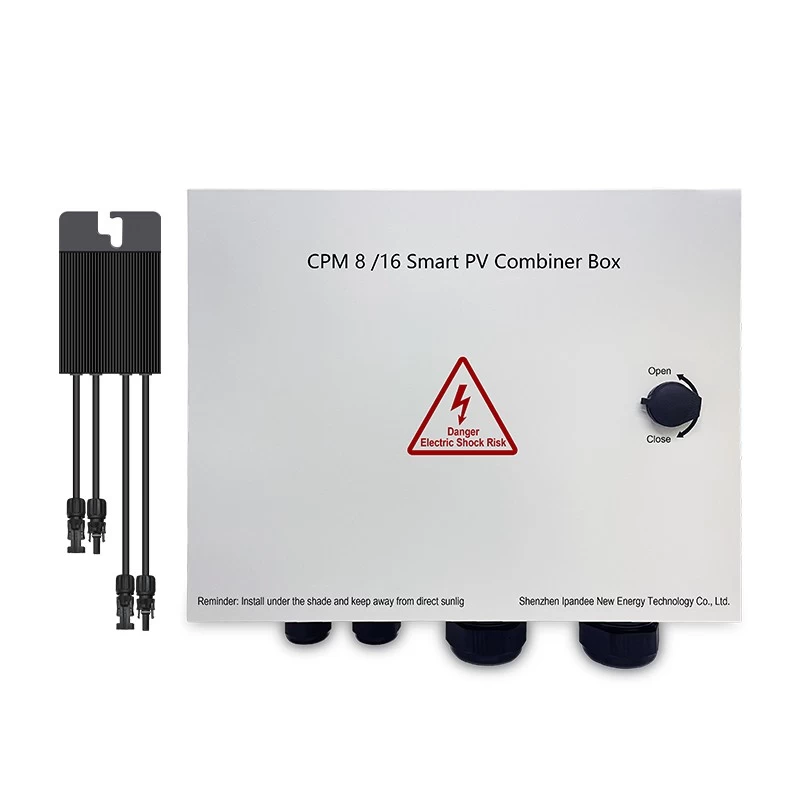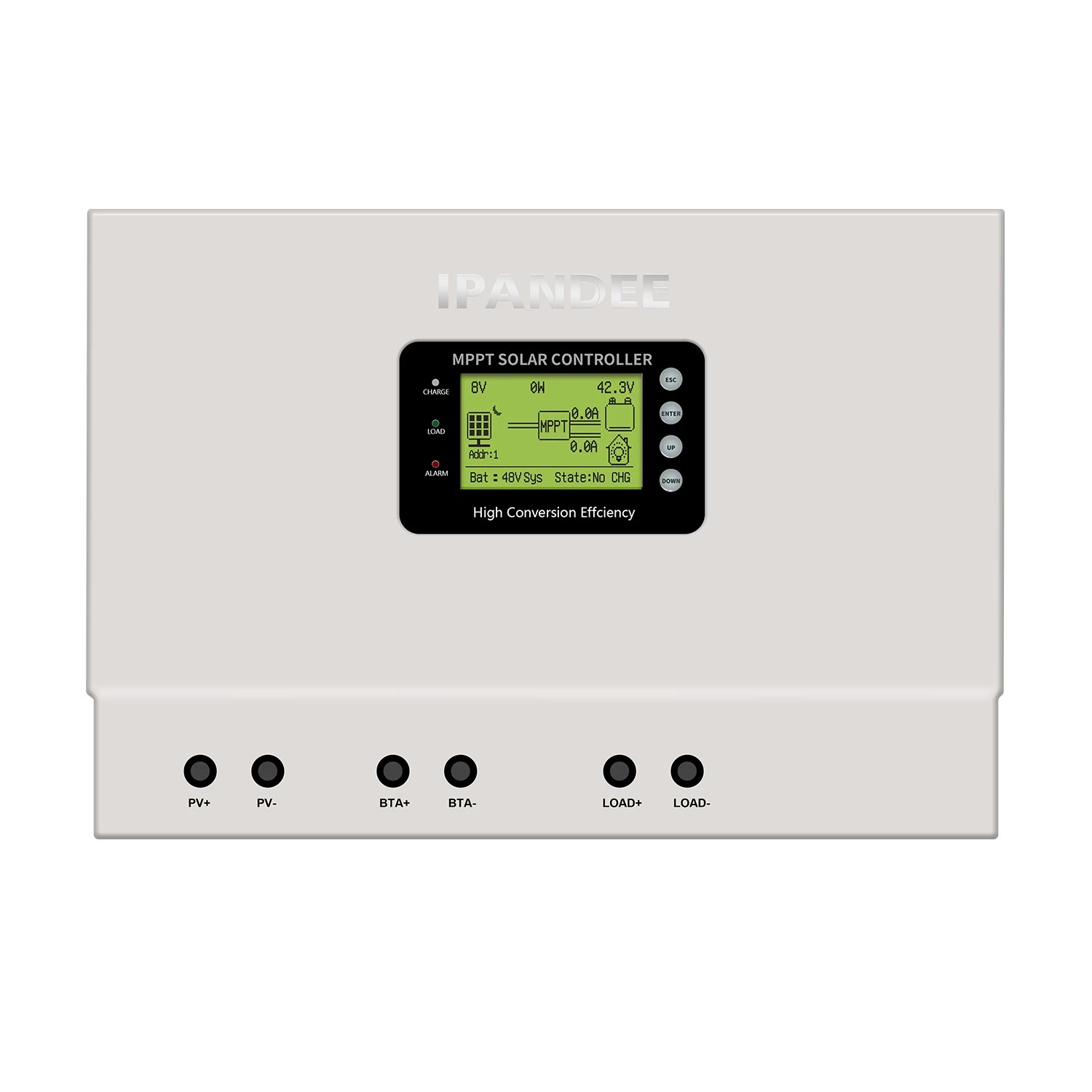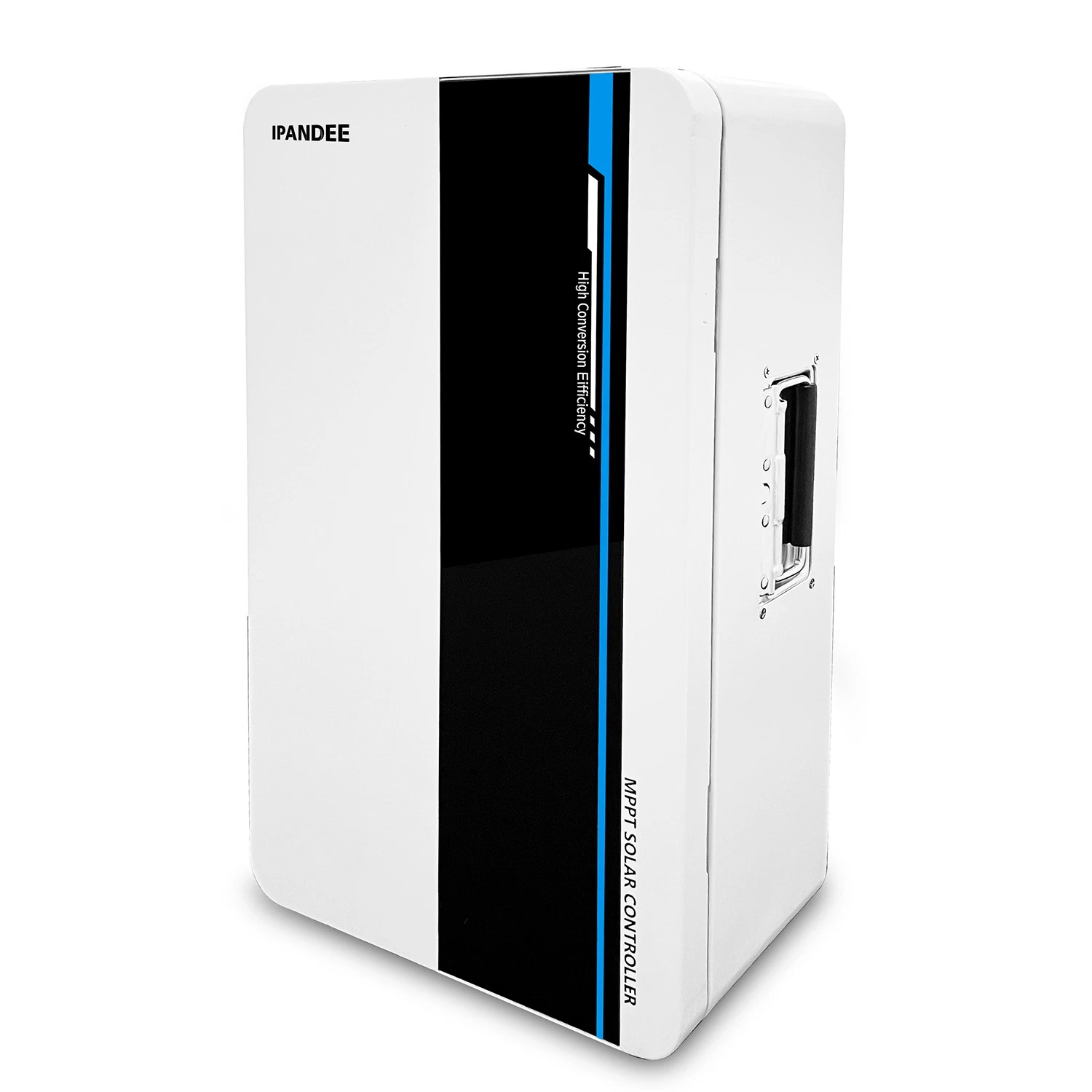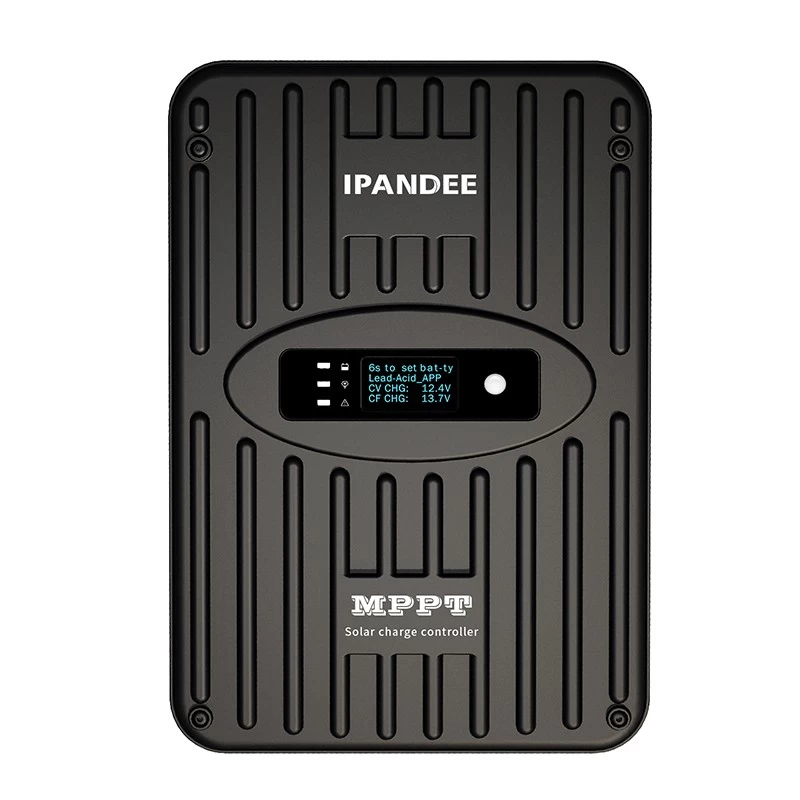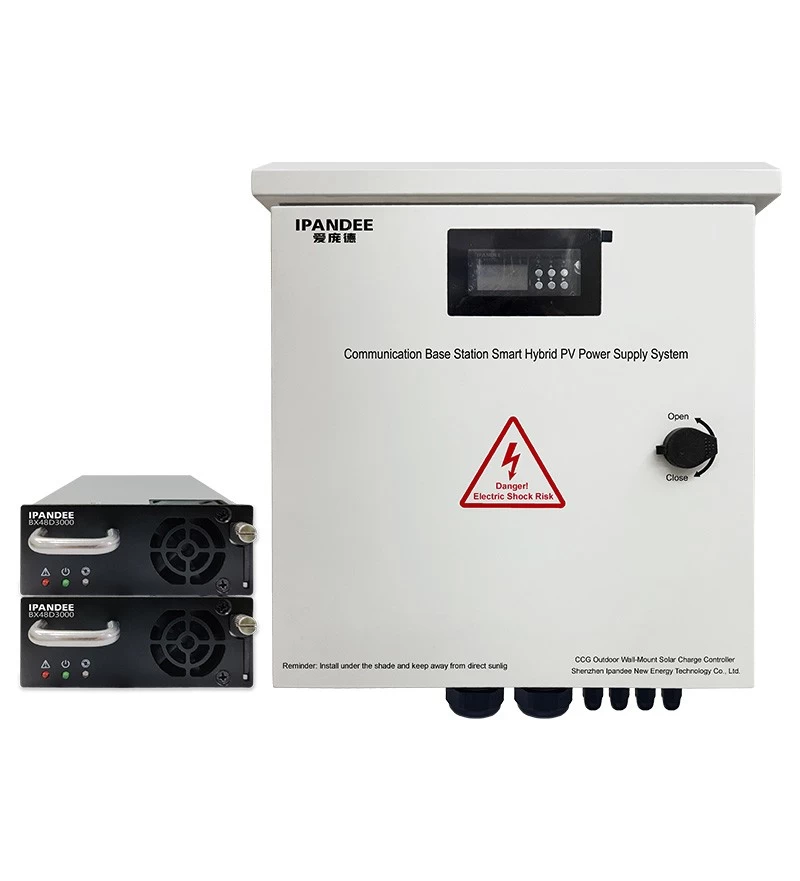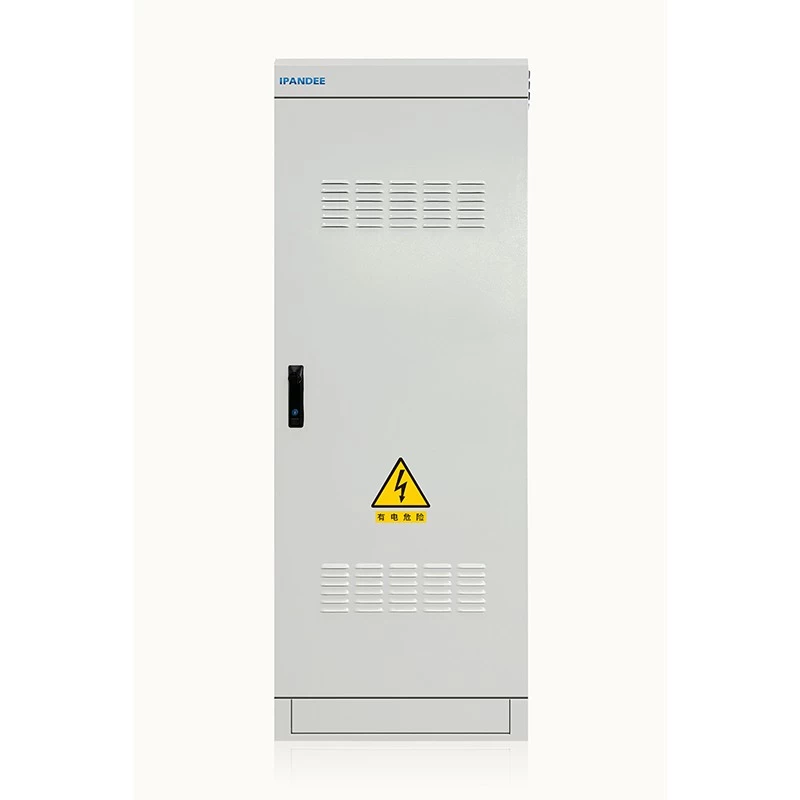Analyze photovoltaic inverter MPPT
I-Panda
I-Panda
2018-12-17 14:39:07
In the technical specifications of PV inverters, most manufacturers have MPPT efficiency indicators, some are marked as 99%, and some are even marked as 99.9%. There is no reliable instrument to measure MPPT efficiency, and certification is not required. Measurement, MPPT efficiency is the most critical factor in determining the PV inverter's power generation, and its importance far exceeds the efficiency of the PV inverter itself.
At present, domestic and foreign PV inverters can compare the power generation under the same conditions, and the difference may be as high as 20%. The main reason for this difference is MPPT efficiency. Students who do not understand MPPT can first understand the basic principles of Baidu PV inverter MPPT. The PV inverter experts mainly reveal the calculation method and source of MPPT efficiency. The efficiency of MPPT is equal to the hardware efficiency multiplied by the software efficiency. The hardware efficiency is mainly determined by the accuracy of the current sensor and the accuracy of the sampling circuit. The software efficiency is mainly determined by Depending on the sampling frequency, there are many ways to implement MPPT, but no matter which method is used, the component power is measured first, and then the change is reacted. The most critical component is the current sensor. Its accuracy and linearity directly determine the hardware efficiency. The sampling frequency of the software is also determined by the accuracy of the hardware.
At present, the current sensor has two kinds of open loop and closed loop. The open loop current sensor has a measurement accuracy of 99%, a linear accuracy of 99%, a total measurement error of 2%, a closed loop current sensor measurement accuracy of 99.6%, a linear accuracy of 99.9%, and a total measurement error of 0.5. %, what does this mean? Let me explain to you that if an open-loop current sensor is used, the component power will change by 2%, and the inverter will not be detected at all. Because of the large error of the open-loop current sensor, the sampling frequency is also To reduce, otherwise oscillation will occur, so the efficiency of the software can only reach 99%, that is to say, the inverter with open-loop current sensor, its MPPT limit efficiency is only 97%, and the photovoltaic inverse using closed-loop current sensor The transformer has an MPPT limit efficiency of 99.5%.
In the market, open-loop current sensors are about 30% cheaper than closed-loop current sensors. Nowadays, some bad manufacturers in the society use low-cost open-loop current sensors to reduce costs, but they claim that MPPT efficiency can exceed 99%, seriously misleading. EPC and the owners, harming people's interests, this shameful behavior will be rejected by people, becoming the first manufacturer in the photovoltaic market.
At present, domestic and foreign PV inverters can compare the power generation under the same conditions, and the difference may be as high as 20%. The main reason for this difference is MPPT efficiency. Students who do not understand MPPT can first understand the basic principles of Baidu PV inverter MPPT. The PV inverter experts mainly reveal the calculation method and source of MPPT efficiency. The efficiency of MPPT is equal to the hardware efficiency multiplied by the software efficiency. The hardware efficiency is mainly determined by the accuracy of the current sensor and the accuracy of the sampling circuit. The software efficiency is mainly determined by Depending on the sampling frequency, there are many ways to implement MPPT, but no matter which method is used, the component power is measured first, and then the change is reacted. The most critical component is the current sensor. Its accuracy and linearity directly determine the hardware efficiency. The sampling frequency of the software is also determined by the accuracy of the hardware.
At present, the current sensor has two kinds of open loop and closed loop. The open loop current sensor has a measurement accuracy of 99%, a linear accuracy of 99%, a total measurement error of 2%, a closed loop current sensor measurement accuracy of 99.6%, a linear accuracy of 99.9%, and a total measurement error of 0.5. %, what does this mean? Let me explain to you that if an open-loop current sensor is used, the component power will change by 2%, and the inverter will not be detected at all. Because of the large error of the open-loop current sensor, the sampling frequency is also To reduce, otherwise oscillation will occur, so the efficiency of the software can only reach 99%, that is to say, the inverter with open-loop current sensor, its MPPT limit efficiency is only 97%, and the photovoltaic inverse using closed-loop current sensor The transformer has an MPPT limit efficiency of 99.5%.
In the market, open-loop current sensors are about 30% cheaper than closed-loop current sensors. Nowadays, some bad manufacturers in the society use low-cost open-loop current sensors to reduce costs, but they claim that MPPT efficiency can exceed 99%, seriously misleading. EPC and the owners, harming people's interests, this shameful behavior will be rejected by people, becoming the first manufacturer in the photovoltaic market.
High-power MPPT solar charging controller Galaxy series
